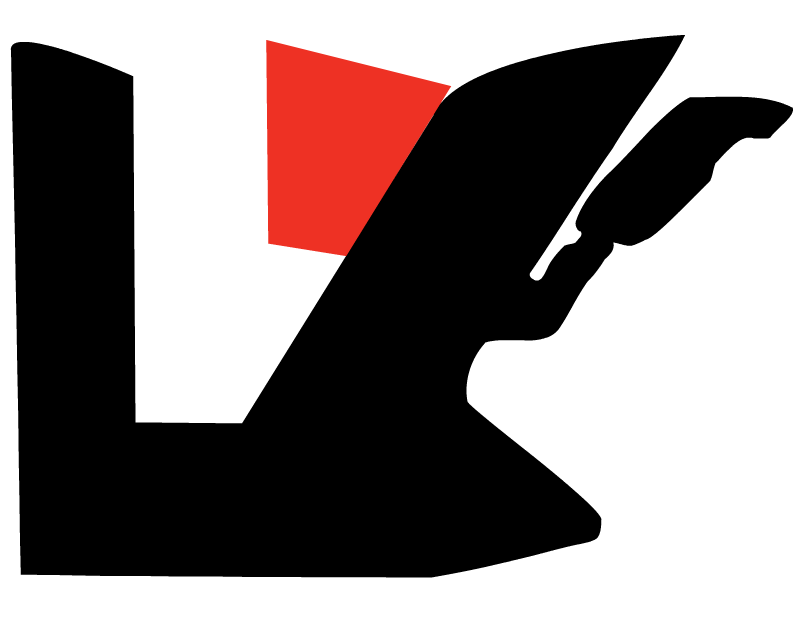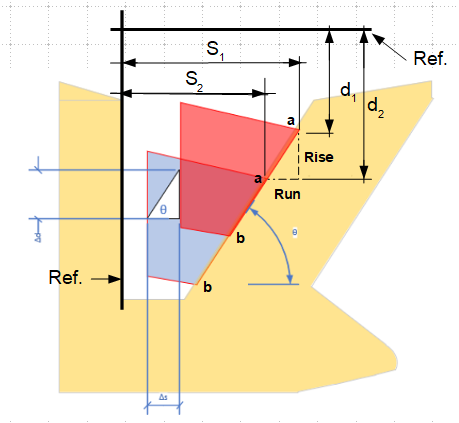I'm making pocket holes to connect wood together with a jig, the Kreg 720. The 720 works by moving at an angle (which I'm trying to measure) to ensure the hole is drilled higher on thicker pieces.
The jig makes a hole like this at a 15 degree angle.

The 720 works like this:
I'm trying to calculate the length of the drill bit which I can set with a stop. The 720 has stops included for common wood, but I like to be exact and I need to understand the geometry of how the 720 works. I zeroed out an angle meter and found that the case is 57 degrees, but I took some measurements at the top and bottom and through taking the tangent, figured out that the sliding block moves closer to 58 degrees.
| s | d | |
|---|---|---|
| high point (mm) | 43.9 | 54 |
| low | 10.1 | 0 |
| accuracy | 0.1 | 0.1 |
| $\Delta$ | 33.8 | 54 |
| $\theta$ | 57.95648 |
But! I wanted to make sure that the drilling jig block moved at 57 degrees, so I used my caliper to measure the board thickness block at the bottom and the top. That gave me these measurements.
From this I'm trying to find $D$ the length of the shaft of the pilot screw given $t_{\text{min}}$, the minimum thickness, $t_b$ the thickness of the board for pocket holes, $t_T$ the thickness of the board you are screwing into, $\theta$, the angle of the jig, and $s$, the length of the shaft of the screw.






